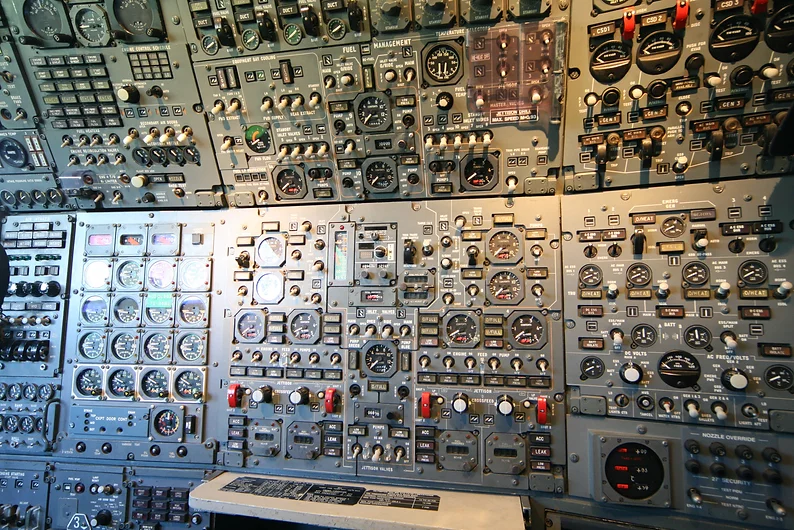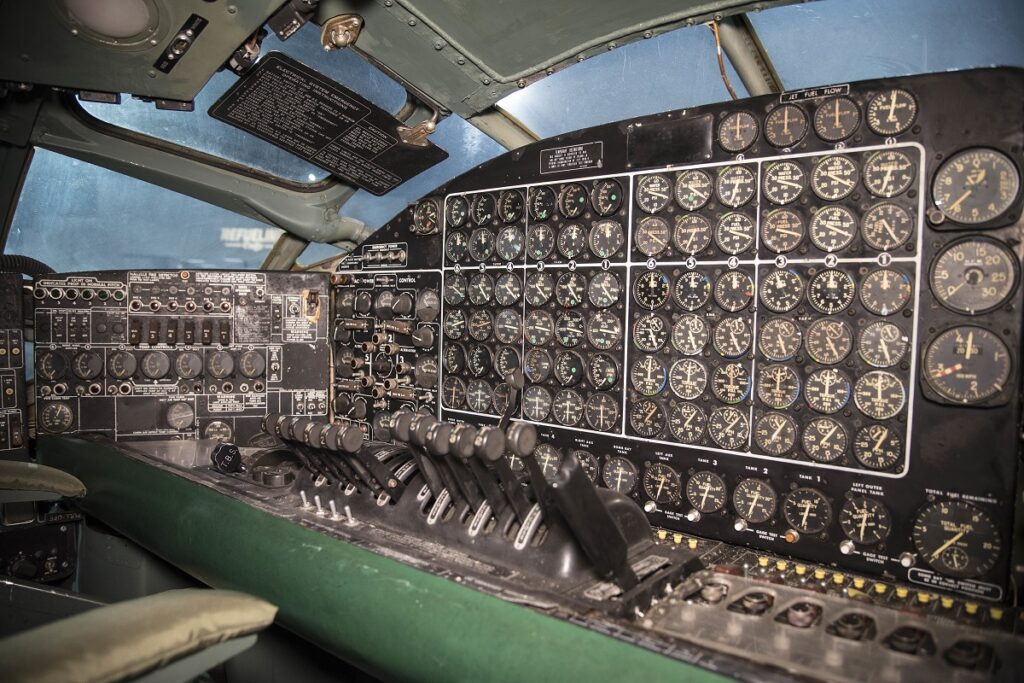In the past, a flight engineer’s position was used in the design and construction of the majority of bigger aircraft, both military and civil
A flight engineer (FE), commonly referred to as an air engineer, is a member of the flight crew who controls and maintains an aircraft’s sophisticated systems. The position was occasionally referred to as the “air mechanic” in the early days of aviation. There are still some larger fixed-wing airplanes and helicopters that employ flight engineers. On certain spacecraft, there is a corresponding crew position. The position of flight engineer has been eliminated in most modern airplanes due to the sophisticated systems’ reliance on electronic microprocessors and computers for both monitoring and adjustment.
In the past, a flight engineer’s position was used in the design and construction of the majority of bigger aircraft, both military and civilian. Look at the FE station on the Concorde supersonic jet in the picture below.

Why did the Concorde flight engineer have so many buttons, dials, and switches?
‘Define “so many”. Consider the FE station for the Convair B-36,’ Charles Grimes, former Pilot, Instructor, and Fleet Captain at Midway Airlines (2000-2001), says on Quora.

‘Although the Concorde was no picnic.
‘The answer in both cases is the FE’s job was to monitor and control the aircraft systems—all of them. Everything was there to allow the FE to “see” how the systems were configured, what the status was at any given time, make changes to system operations, and run normal and emergency checklists as required.
‘By the time of the Concorde, turbine aircraft no longer required the FE station to include thrust control levers, only the pilot’s station had power levers. In the[B-36 FE’s station] photo above you can see a bank of levers. The pilots were happy to let the FE set power which required setting throttle, propellors (manifold pressure), and mixture (correct adjustment of air/fuel mixture impacts fuel burn and cylinder head temperature) and tinkering with the settings to synchronize the propellers to reduce vibration/noise.’
‘Concorde was the 60s/70s product, but it was decades ahead of its time upon launch,’ James Kirk, an aviation expert, says on Quora.
‘Concorde did use digital computers for the air intake ramp system for the engines. They needed a way to control the amount of air going into the engine, but doing it manually was not going to be possible, so they had to create a computer to control the intake.’
Ian Thompson, another aviation expert, says on Quora;
‘Funny story on a Concorde’s last flight it was a tradition that the flight engineer inserted his hat in a gap to the right of the console. As the plane cooled down the hat became permanently jammed in position.’
Photo by U.S. Air Force and Unknown

